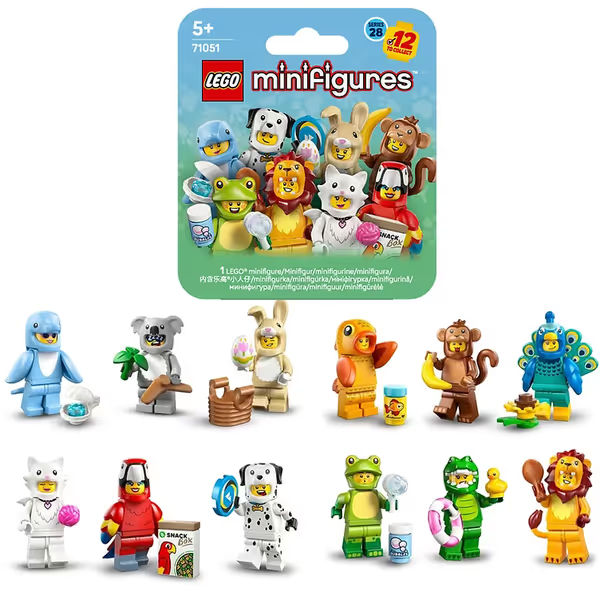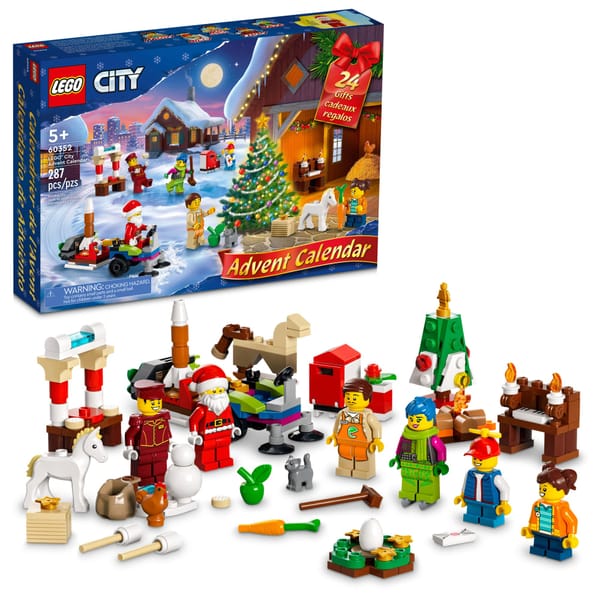How LEGO stories make reading fun for kids

Encouraging children to develop a love for reading can sometimes be challenging, especially in a world filled with digital distractions. One creative way to spark their interest is through LEGO stories, which combine colorful illustrations, exciting characters, and engaging plots. Publications like LEGO Magazine bring these stories to life, turning reading into an adventure rather than a chore.
Why LEGO Stories Work for Young Readers
Children often respond best to stories that align with their interests. For kids who already love building with LEGO bricks, seeing those same characters and worlds come alive on the page creates a natural connection. The stories are easy to follow, humorous, and packed with action, which makes them accessible for readers at different levels.
By blending entertainment with learning, LEGO stories help kids see reading as a fun activity rather than a school assignment. This shift in perspective is crucial in nurturing lifelong readers.
Relatable Characters and Adventures
LEGO stories feature familiar characters from popular themes like Ninjago, Star Wars, City, and Friends. Because kids may already own sets or mini-figures tied to these characters, the stories feel personal and engaging. Reading about a ninja’s mission or a firefighter’s adventure resonates more deeply when children can recreate those scenes with their bricks at home.
The relatability encourages kids to keep turning pages, eager to see what their favorite characters will do next.
Combining Visuals with Text
One of the strongest aspects of LEGO stories is the way they mix text with bright illustrations. For early readers, the visuals provide context clues that help them understand the story even when they can’t read every word. This builds confidence and supports comprehension.
Older readers, meanwhile, enjoy the comic-book style layouts that keep the pace fast and exciting. The combination of words and images ensures that reading never feels overwhelming.
Encouraging Imagination Beyond the Page
LEGO stories don’t end when the last page is turned. Kids are inspired to take what they’ve read and act it out through play. A spaceship chase in the magazine might lead to a new build at home, while a comic about friends in a city can spark hours of imaginative roleplay.
This connection between reading and hands-on play reinforces comprehension. By retelling or expanding the story with their own LEGO builds, children deepen their understanding while practicing creativity.
Reading Together as a Family
LEGO magazines and storybooks also create opportunities for shared family time. Parents can read the stories aloud, while kids follow along with the pictures. Older siblings might help younger ones by explaining the plot or sounding out words.
Making reading a social activity helps children see it as enjoyable rather than solitary. It also encourages discussions, questions, and storytelling beyond the page.
Learning Through Puzzles and Activities
Beyond the stories, LEGO magazines include puzzles, mazes, and word games that tie into the narratives. These activities extend reading comprehension by encouraging kids to interact with the material in different ways. Solving a puzzle based on the story reinforces details and improves focus while keeping things fun.
For parents, this adds value because kids aren’t just passively reading—they’re actively engaging with the content.
The Joy of Collecting
Kids also love the collectible aspect of LEGO magazines. Each issue often includes a foil pack with a mini-build or figure that ties into the story. This combination of reading and tangible rewards motivates kids to look forward to the next issue.
Over time, these issues form a collection that children can revisit. Returning to past stories strengthens memory and encourages rereading, which is one of the best ways to build fluency. Families who want to make this a regular tradition can explore monthly LEGO Magazine subscription boxes, ensuring kids never miss out on new stories and builds.
Building Confidence Through Success
Every time a child completes a LEGO story, it builds confidence. Whether it’s finishing a comic strip, solving a puzzle, or following instructions for a build, each success reinforces the idea that reading is rewarding. Over time, this confidence translates into stronger skills and a willingness to tackle more complex texts.
Why Kids Choose LEGO Stories Over Other Options
Unlike traditional storybooks, LEGO stories feel interactive. The blend of humor, action, and creativity captures attention in ways that resonate with kids. When children are excited about what they’re reading, they’re more likely to return to it again and again.
Parents often find that LEGO stories bridge the gap between playtime and learning, making reading part of the fun rather than a separate task.
Final Thoughts
LEGO stories make reading fun by combining engaging plots, colorful illustrations, and opportunities for play beyond the page. They connect with children’s existing interests, build confidence, and encourage imagination. For parents seeking to inspire a love of reading, they offer a simple but powerful solution.
With LEGO Magazine, kids aren’t just reading—they’re embarking on adventures, solving puzzles, and building creativity. For families, subscribing to monthly LEGO Magazine boxes ensures these stories become a regular and joyful part of a child’s routine.



